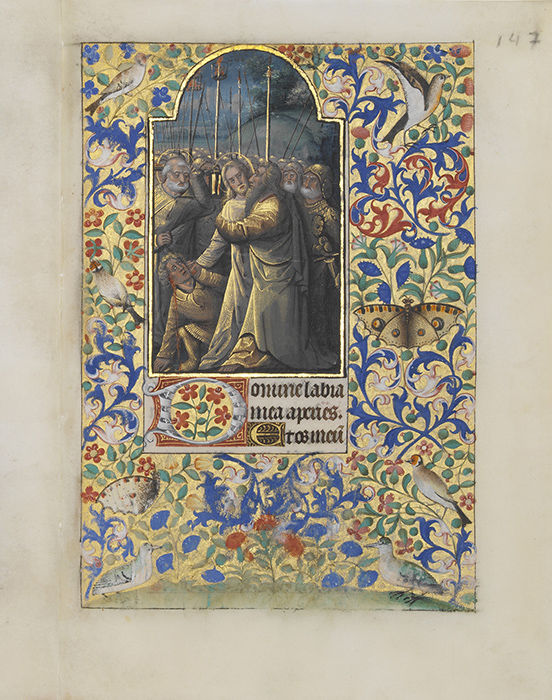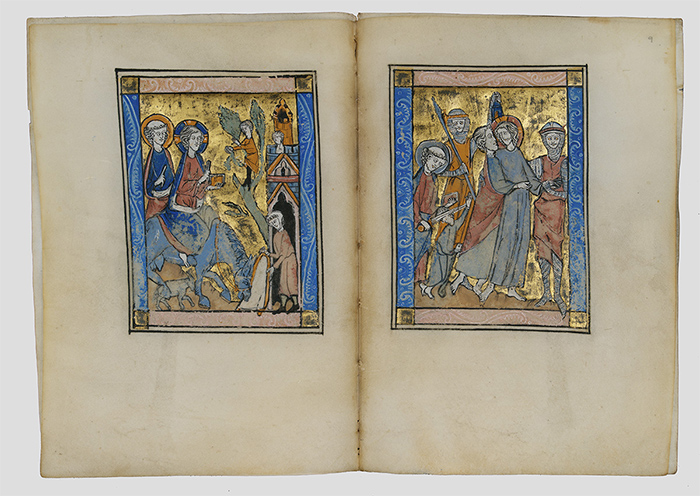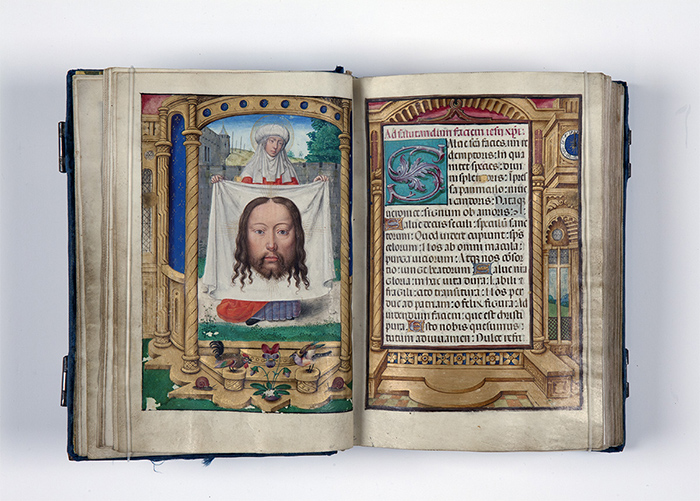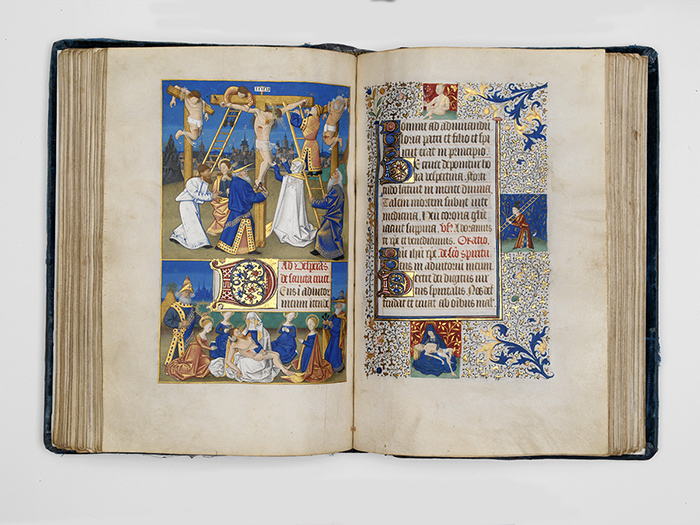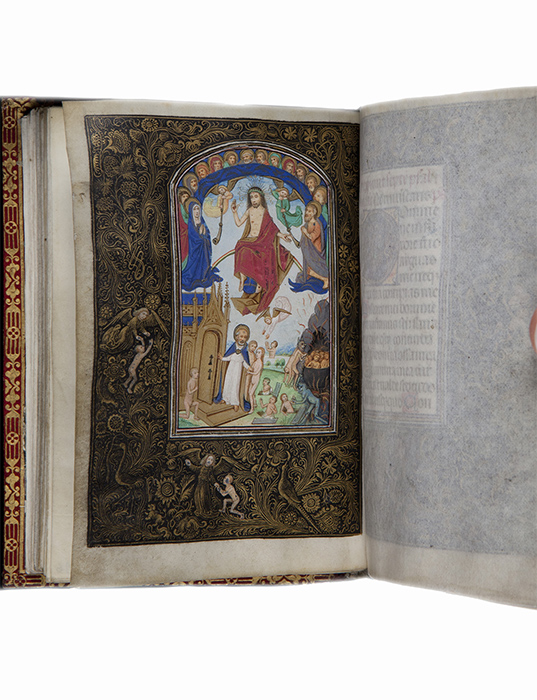The multiple faces of Christ
Event Slider
Date
- Mon, Wed, Thu, Fri, Sat and Sun,
Location
Founder’s Collection Av. de Berna, 45A, Lisbon Maximum capactity: 20 visitorsThe humanity of the son of God is fundamental to Christianity. The New Testament made clear the idea that Jesus possessed a body:
And the Word was made flesh, and dwelt among us. (John 1:14).
According to the different Gospels, it was through this body that He felt pain, hunger, thirst and weakness. He experienced death and his resuscitated body was observed by some of his followers, which helped to confirm his humanity (John 20:17) (Luke 24: 39).
The human and the divine coexist in Christ, flesh and word, a being, with two natures (St. Leo the Great, 390-451 A.D.). Although St. Matthew traces the Saviour’s genealogy, revealing his Jewish origin (Matthew 1:1), Christ’s physical appearance remains unknown. Starting from the second Council of Nicaea (787 A.D.), with the iconoclastic question prohibiting the worship of images of a religious nature set aside, an increase of representation in images can be seen, particularly those of a Christological nature, closely following religious conventions and the demands imposed by those in charge.
The multiple faces of Christ, depicted in the books of hours brought together here, produced between the 3 rd and the 16 th century, are joined by a unique piece by René Lalique, acquired directly from the artist by Calouste Gulbenkian. It is a notable reference to the passion (pathos), produced at the start of the 20 th century, that keeps alive the typical representation of Christ the sufferer, as human as he was transcendent.

